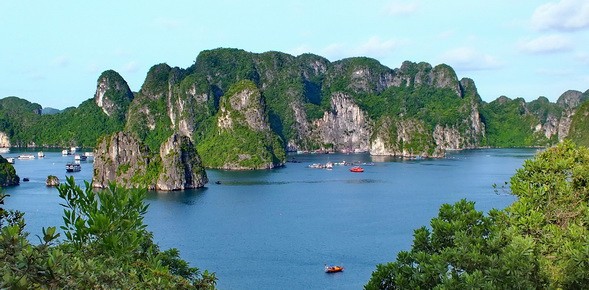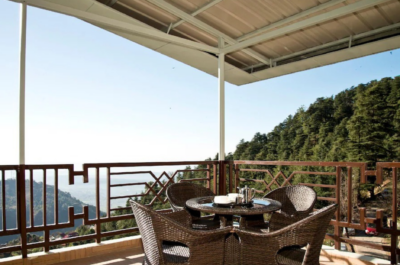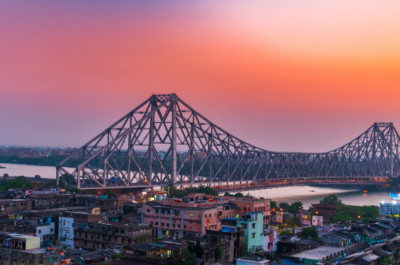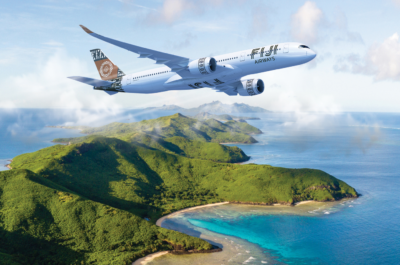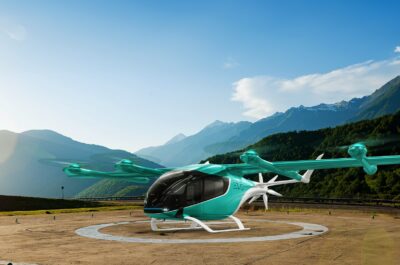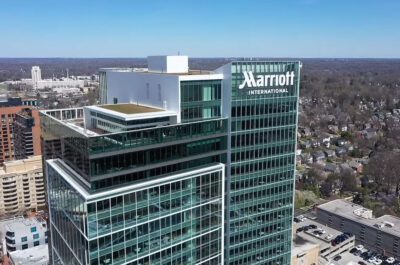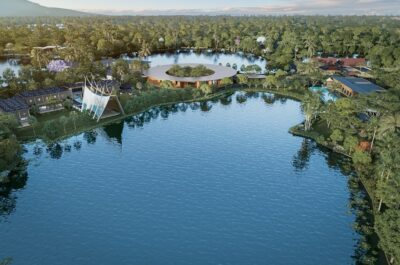UNESCO World Heritage site Halong Bay in Vietnam wants to increase the quality of his visitors and let them stay longer. The balance between preservation and development will be crucial for the future of the destination.
HALONG BAY – This is the middle of July and Halong Bay remains a rather peaceful place to visit. A few boats are anchored in the Bay during the day and at night while the number of visitors rushing to some of the most famed sites, from natural caves to beaches to strange limestone shapes.
Despite growing number of travellers, Halong Bay remains of stunning beauty with its tranquil waters from which emerge close to 2,000 limestone or schist islets lost in the midst of the Gulf of Tonkin.
Of course, tourism is piece by piece reshaping life around Halong Bay, particularly at Ha Long City and Cam Pha Town. The first private funded marina has been added near to Halong Bay, and a seaport is now due to come as cruise ships start to be increasingly seen in the waters of the Bay.
According to tourism authorities, some 100 cruise ships were recorded last year.
According to tourism authorities, some 100 cruise ships were recorded last year.
The marina is managed by the Vietnamese Tuan Chau Group, founded in 1997, which is now the leading company for maritime business in Quang Ninh Province, where the Bay is located. Hotels and residences, a cruise terminal, a golf course, an entertainment park and residences have already been built. But looking at a model of the area inside Tuan Chau cruise terminal, the development looks to go on and on and on : more villas, shopping malls, towers are due to be added over the next 20 years.
Tourism is indeed a serious business for Quang Ninh Province. “We receive in a year 7.5 million of travellers a year of which some 2.5 million are foreigners”, says Ha Quang Long, Director of the Quang Ninh Administration of Culture, Sports and Tourism and Member of Quang Ninh Provincial Party Committee.
Among the top travellers to Halong Bay and the province are Chinese (296,000 arrivals in 2013) followed by Koreans (226,959 arrivals), Taiwanese (108,417 arrivals), French (76,546 arrivals) and Australians (74,622 arrivals).
Over the last decade, the province has seen its hotel capacity increasing to 12,000 rooms “with more than 4,000 being rated between 1 and 5 stars”, adds Mr. Ha Quang. Roads are now being enlarged to shorten the travel time to Hanoi, still some four hours away by car, despite the relatively short distance of 150 km to Vietnam’s capital. “The government will start by next month the construction of a new highway linking Hanoi to Haiphong while we will in Quang Ninh built the remaining 26 km linking Haiphong to Halong. The project has been approved, the Japanese government is providing a grant of US$ 500 million and the construction should be finished by 2016,” says the Director of the Quang Ninh Administration for tourism. They are also talks about an airport north of Halong on the way to Mainland China which would also serve an industrial zone.
US consulting company BCG Group published a tourism master plan covering Halong Bay potential development until 2020. Until that date, total tourist arrivals could reach four million. “However, we will do it by fully respecting strict environment criteria and by involving communities”, promises Ha Quang Long. Rules are then likely to be tighten as already many NGOS and organization point to increasing pollution in the Bay. According to a cruise boat company, they are currently some 500 large and small boats anchored at Halong Bay from which 200 do probably not meet environmental criteria. Stricter licence applications, the conversion of the entire boat fleet to bio fuel will have to be implemented in the future to protect the fragile Bay eco-system. Meanwhile, the protected area has been extended by local authorities while Halong Bay eco-management has been reinforced.
Finally, in a bid to relieve some of the pressure that Halong Bay is likely to face when total foreign arrivals will top four million and more, local authorities will need to focus at diversifying the tourism product itself.
So far, beside cruising around the bay and visiting some of its natural attractions, Halong offers very little. “On average, tourists stay for one day/1.5 day” explains a local. Community activities such as farming with local farmers started but more must be done to attract tourists outside Halong Bay core tourism zone. Art activities, trekking, cycling tours, festivals in Halong Bay City could become a good tool to alleviate a potential tourism concentration in just a few areas…
Luc Citrinot a French national is a freelance journalist and consultant in tourism and air transport with over 20 years experience. Based in Paris and Bangkok, he works for various travel and air transport trade publications in Europe and Asia.













